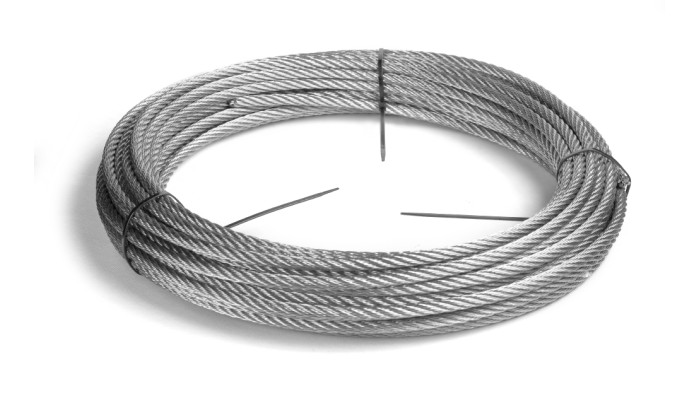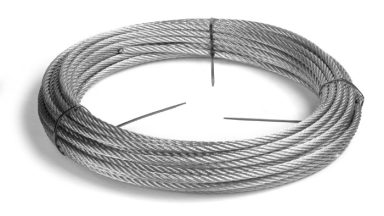Stainless Steel Cable vs Traditional Cable: A Guide for an Informed Choice
This article provides an in-depth comparison between stainless steel cables and traditional cables, highlighting the advantages in terms of durability, aesthetics, cost, and safety. It guides the reader in choosing the most suitable cable for their specific needs, considering key selection factors.

Material Choice: Stainless Steel Cable vs Traditional Cable
When it comes to choosing the right cable for a project, whether in construction, architecture, or for domestic uses, the question often arises: should one opt for a stainless steel cable or a traditional cable? In this article, we will explore the differences between these two options to help you make an informed choice.
Durability and Corrosion Resistance:
The Major Advantage of Stainless Steel Cable The first strong point of stainless steel cable is its exceptional resistance to corrosion. Unlike traditional cables, which can rust or deteriorate under the effects of weather, stainless steel cable maintains its integrity and appearance over the long term. This makes it an ideal choice for outdoor applications or in humid environments. For tips on maintaining stainless steel cable, visit the maintenance page.
Aesthetics and Adaptability:
Why Stainless Steel Cable Stands Out Another advantage of stainless steel cable is its modern and sleek aesthetic appearance. Its shine and neat finish make it a preferred choice for projects where aesthetics are a priority, such as glass balustrades or visible architectural structures. For more examples of aesthetic applications of stainless steel cable, check out the project gallery on cianco.com.
A Long-Term Investment:
Cost Comparison
It's true that stainless steel cable may represent a higher initial cost compared to traditional cables. However, its extended lifespan and low maintenance needs make it an economical investment over the long term. Additionally, its recyclability makes it a sustainable and environmentally friendly choice.
Safety and Performance:
When Quality Counts In terms of safety and performance, stainless steel cable often surpasses traditional cables. Its resistance to tensile stress and its capacity to support heavy loads make it reliable for structures requiring maximum safety. For more information on the technical specifications of stainless steel cable, feel free to visit.
Conclusion:
Making the Right Choice According to Your Needs In summary, the choice between a stainless steel cable and a traditional cable depends on several factors, including budget, the environment of use, and the aesthetic and safety requirements of your project. By taking these elements into account, you can choose the cable that best suits your specific needs.



